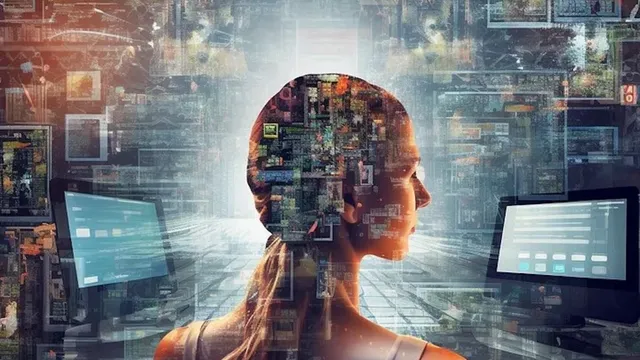- By Alex David
- Tue, 04 Nov 2025 04:56 PM (IST)
- Source:JND
Just days after OpenAI restricted ChatGPT from giving medical advice, artificial intelligence has made headlines for a remarkable reason — helping a couple conceive after nearly two decades of infertility. Published in The Lancet, researchers at Columbia University have reported the world’s first successful pregnancy made possible by an AI-powered sperm detection system.
A Two-Decade Struggle Ends with AI
This couple – composed of a 39-year-old man and his 37-year-old partner – had experienced years of disappointment due to multiple failed IVF cycles and unsuccessful surgical sperm extraction attempts. Traditional microscopic examinations often failed to reveal viable sperm, leaving them no biological options available to them.
ALSO READ: HDR10+ Advanced Tech Revealed By Samsung To Rival Dolby Vision 2: Here’s What’s New
Zev Williams, director of the Columbia University Fertility Centre, explained that in such cases, “microscopic searches often show a sea of cellular debris, with no sperm visible.” Many couples facing this condition, known as azoospermia, are told they have almost no chance of conceiving naturally.
Introducing STAR: AI-Powered Sperm Tracking and Recovery
To address this long-standing challenge, Columbia researchers developed STAR (Sperm Tracking and Recovery)—an advanced AI-assisted system designed to locate rare, healthy sperm cells in samples previously deemed “sperm-free”.
The AI system scans millions of microscopic images of semen samples at incredible speed and accuracy. According to the study, STAR can process over 25 lakh (2.5 million) images in just two hours, identifying even the tiniest viable sperm cells missed by human eyes.
How the STAR System Works
The process behind STAR combines machine learning, robotics, and microfluidics:
Image Analysis: The AI rapidly scans the sample and detects potential sperm cells among millions of debris-filled frames.
Isolation: Once viable sperm have been identified, a microfluidic chip with fine hair-like channels can isolate that specific section from the sample.
Extraction: Once extracted, sperm can either be immediately used for fertilisation or stored away for later use.
In this breakthrough case, the STAR system identified seven sperm cells; two of which were active. After being injected into mature eggs for fertilisation, these motile sperm cells resulted in healthy embryo development and eventual conception.
A Healthy Pregnancy and a Promising Future
At eight weeks, an ultrasound revealed normal foetal development and an aggressive heartbeat – marking an extraordinary accomplishment for the couple.
Although this evidence currently consists of only one successful case, its potential effects are enormous. Larger clinical trials are now under way to validate this technology's efficacy on a wider scale.
ALSO READ: Windows 11 In Focus, As Windows 10 Support Ends: What Will Be Next With Windows 12
Why This Matters
If STAR continues to prove successful, it could revolutionise fertility treatments for men with severe infertility or azoospermia. By pairing AI's precision with reproductive science, doctors may soon have an innovative solution that gives families hope when conception was previously thought impossible.
This achievement underscores the advantages of artificial intelligence (AI) in medicine, demonstrating how it is an ethical and safety concerns still persist while intelligent systems like STAR make previously impossible medical outcomes possible.
In summary:
- AI identified sperm invisible to traditional methods.
- Two viable sperm cells were used for fertilisation.
- A successful pregnancy followed after 20 years of infertility.
If confirmed through future trials, AI-assisted fertility treatments like STAR could mark a new era of medical innovation — one where artificial intelligence helps create life itself.

